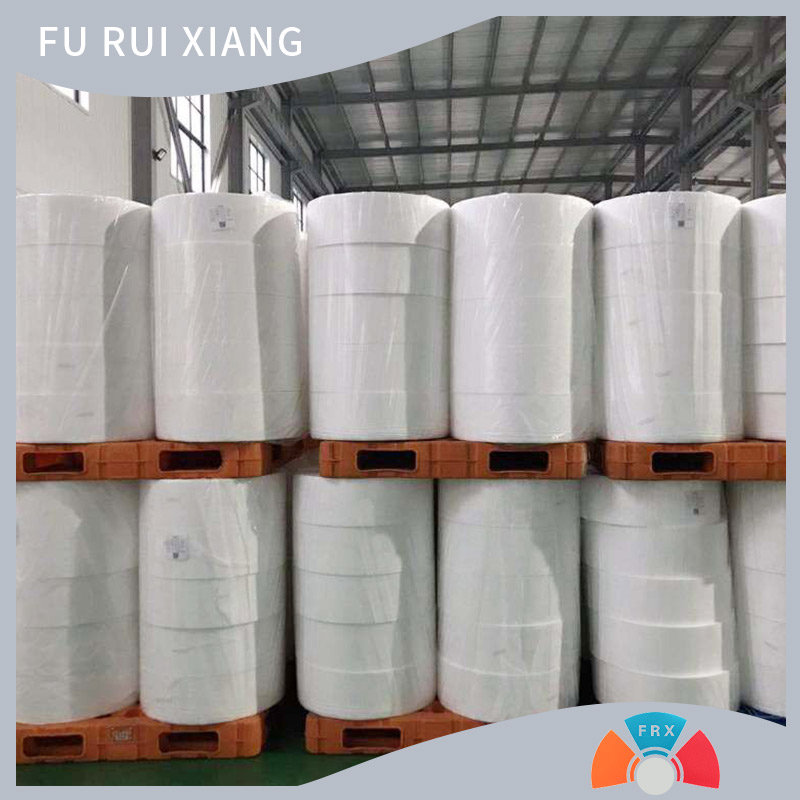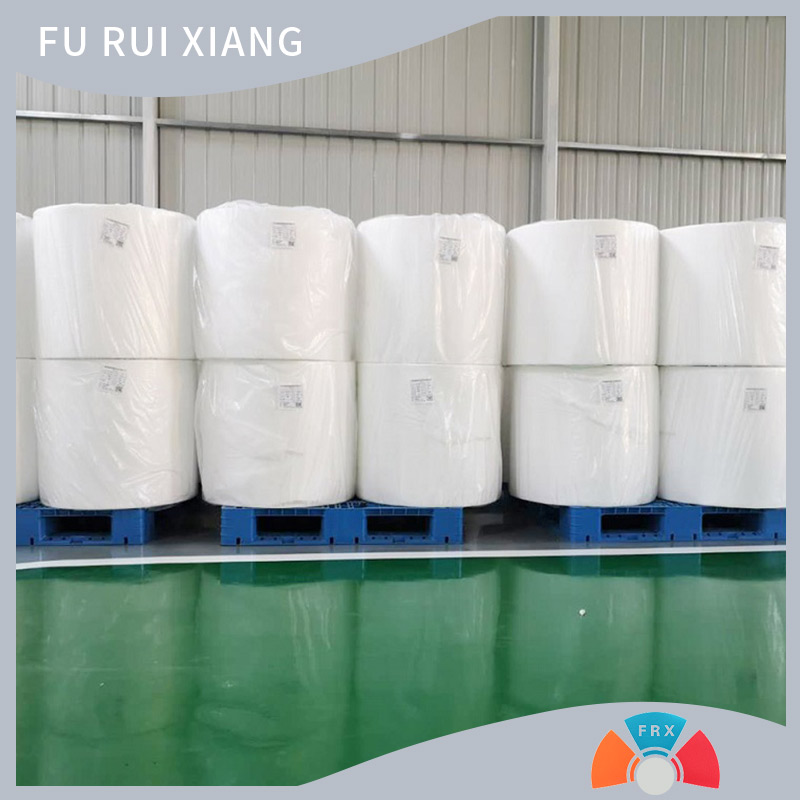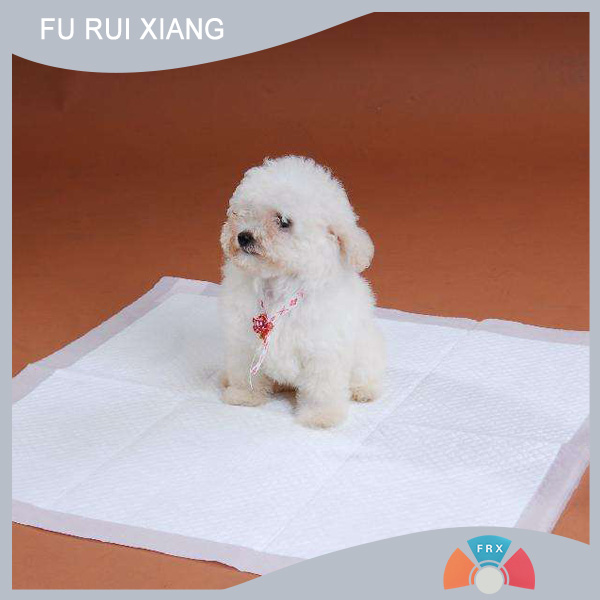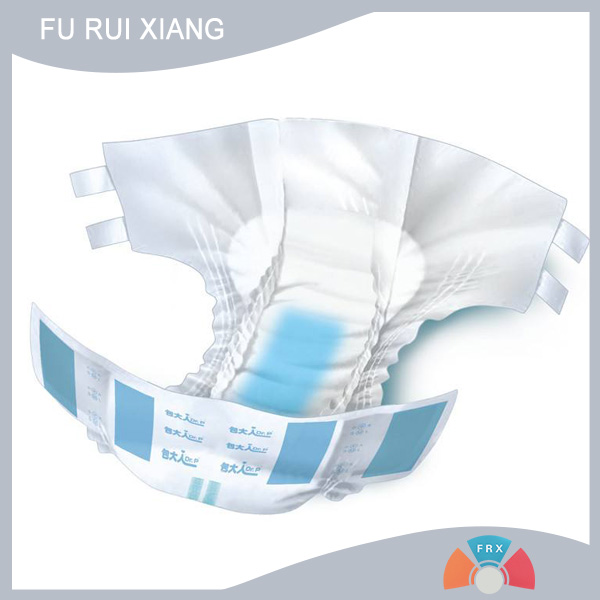Since 2020, the epidemic of New Coronary Pneumonia has spread globally. The industry is facing huge environmental pressure and systemic risks. The supply and demand of the industry have experienced unprecedented impacts.
1. Production scale down
The starting load of the textile industry is gradually recovering, but affected by the epidemic, the capacity utilization rate is lower than normal.
2. Declining domestic and external market demand
Since the outbreak, the domestic sales of textile and apparel products have declined significantly.
3. Investment scale has shrunk dramatically
Under the influence of the epidemic, companies in the industry generally lack investment confidence and ability, and the scale of investment has shrunk significantly.
4. Economic benefits have deteriorated significantly
In the case of severely insufficient demand and a sharp decline in production and sales, textile companies' revenue and profits have shrunk dramatically.
Qingdao Jufuxiang Plastic Industry Co., Ltd. has four advanced non-woven production lines, which can produce various colors, sizes, functions (such as anti-ultraviolet, anti-aging, antibacterial, Flame-retardant, hydrophilic, water-repellent, super-soft, etc.) SMS, SS, S polypropylene spunbond non-woven fabric.
- Qingdao Furuixiang Plastic Technology Co., LTD. : Leading the innovation trend of spunbond nonwoven fabrics!
- The East Asian region accounts for 66.89% of the global textile industry's output value!
- Spunbond nonwoven fabric: An innovative material for multiple fields!
- The textile industry achieved a stable start in the first quarter of 2025!
- The economic operation of China's textile industry started basically steadily in the first quarter!
- The guardian warp and weft during the Grain in Ear season: The meticulous weaving of Qingdao Furuixiang Weicai Non-woven
- From Tradition to Innovation: The Optimization and Breakthrough Path of Eisai Nonwoven Fabric!
- "2025 Textile Industry Development Prospects and Trend Forecast!"
- The Advanced path of Eisai Nonwoven Fabric: A Quality Leap Driven by Innovation!
- The development prospects of the textile industry in 2025!










